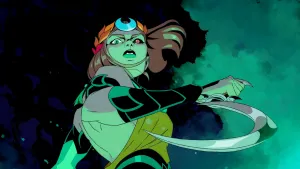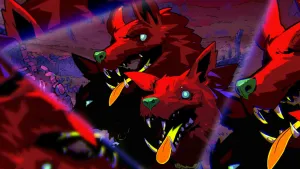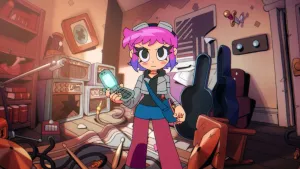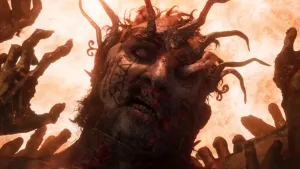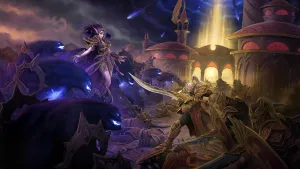A Final Fantasy Dork Tells You What To Expect From FF XIII

Now, I'm not trying to brag, but I've finished Final Fantasy
XIII. As a longtime fan of the series, I can tell you that it is an
excellent game...but that's about all I can say right now. If you want
to read my full review, you'll have to pick up the March issue of Game
Informer (I can't post it online until the game is closer to release).
Thankfully, there are plenty of things in Final Fantasy XIII to talk
about that don't involve giving it a score. But I'll warn you right
now: This is going to get very, very nerdy.
One of the
most interesting things about Final Fantasy XIII is how it draws on and
adapts the series' traditions, borrowing from the successes of previous
Final Fantasy titles. Like all games in the series, FF XIII makes its
own unique contributions, but any hardcore Final Fantasy fan will
easily be able to trace the lineage of several key mechanics back to to
earlier games in the series. Some of them are about incorporating ideas
that worked well, and others are clearly designed to avoid the pitfalls
of prior titles. So, here's a Final Fantasy dork's spoiler-free rundown
of some of the main systems in Final Fantasy XIII, how they work, and
how prior games in the series influenced them.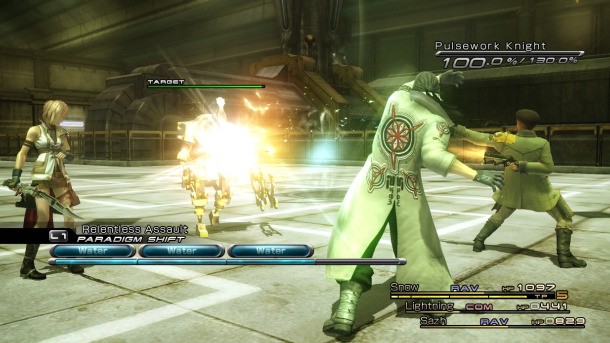
Job System
I
know that the job system in Final Fantasy V is the best-loved way to
customize and manage character roles, but I can't lie to you. The jobs
in FF XIII (called paradigms) are actually much closer to
the...sigh...dress sphere system in Final Fantasy X-2. A large part of
your combat strategy will involve switching paradigms on the fly to
adapt to changes on the battlefield, cycling between roles like Ravager
(black mage), Medic (white mage), and Commando (fighter). Like
the...sigh...dress sphere system, characters only have access to the
class-specific powers when using the appropriate paradigm (though
passive stat bonuses like hit points and strength apply no matter what
paradigm is assigned). Don't worry...you don't need to sit through a
creepy fashion show each time you switch paradigms.
Combat
This
is the area where Final Fantasy XIII makes the largest contribution to
the Final Fantasy legacy. Battles take place in real-time, are
fast-paced, and are more about conducting the flow of combat than
micro-managing each individual action of your team. Beyond that, you'll
just have to play it and judge for yourself.
Leveling
In
the original Final Fantasy, when your characters leveled up, they would
receive slightly randomized boosts to their stats, ensuring a slow but
steady ascent to godhood. In Final Fantasy XIII, you have more control,
but your progression still follows a pretty linear path...unlike the
wide open nature of Final Fantasy XII's license board. Leveling is
handled via the Crystarium, which is reminscent of FF X's sphere grid,
but without the need to collect and place orbs. You gain CP (crystarium
points) after every fight, and those points can be applied toward new
abilities and stat bonuses in any of the paradigms that a character can
use. If you want to level up as a Ravager, you don't necessarily even
need to use the paradigm; you could win fights as a Commando, but just
apply the CP you win toward Ravager abilities. It's a very flexible
system, but once the points are spent, they're spent -- there's no
respec option. As a side note on leveling, I should say that the
enemies generally feel like an appropriate challenge when you encounter
them. The game doesn't auto-adjust them or anything, and I didn't need
to worry about grinding until fairly late in the game.
Experience
Everyone
gets the same amount of experience, whether they participate in battle
or not. To the best of my recollection, this is a first for the series.
It eliminates the need to rotate members in and out of active duty to
keep your party levels in the same ballpark. This is a livesaver when
you find yourself facing a boss that is best taken down by paradigms
involving sub-par teammates, because you don't need to spend hours
grinding to make up for the time that you left them out of your party. 
Stats and Statuses
While
I'm certainly a fan of FF XII, it is undoubtedly the most complex (and
complicated) of the Final Fantasies. You've got the sprawling license
board, the gambits to manage, and a variety of status effects that
eventually become the key to victory in later fights. FF XIII, on the
other hand, swings in the opposite direction, favoring simplicity and
accessibility. That may sound like a euphemism for "dumbed down," but
it isn't. Your characters have three stats: HP, Strength, and Magic.
They also have percentages representing their resistances to specific
status effects (like Deprotect and Pain). While you should definitely
try to maximize your stats and make use of buffs and debuffs, it feels
like one of the team's key goals in FF XIII was to minimize the time
players need to spend dinking around in menus, hassling with equipment,
and comparing numbers. 
Upgrades
Final Fantasy VIII
is a title that causes heated debates among Final Fantasy devotees.
Whether you love it or hate it, you'll see a shadow of its upgrade
system in Final Fantasy XIII. Instead of constantly buying new weapons,
you'll mainly be upgrading the gear you already have. Each weapon has a
level, which you can raise by applying various components that you find
or buy. When you max out a weapon's level, you'll essentially be able
to make it evolve into a form that is initially weaker, but that has the
potential to grow much stronger. All your work upgrading weapons (as
well as shopping for items and accessories) is carried out at save
points instead of towns.
Towns
They're not here. Well,
not really. You will run through a few population centers, but the
traditional Final Fantasy structure of entering a town, talking to
people, buying stuff, and then setting out on a quest just isn't
present. This could be disappointing for some...especially fans of
Final Fantasy VII, which is the entry I think did the best job giving
each city a unique flavor that adds to the overall sense of the world.
Exploration
Imagine
going through the dungeons in Final Fantasy X. That's pretty much what
Final Fantasy XIII is like all the time, except without the random
encounters. There's a map in the corner that shows you where you are
and where you should be going. Like Final Fantasy XII, enemies are
visible in the world so you can see exactly what you're getting
into...but unlike that entry, there is a transition to the battle
instead of just fighting in open overworld environment. Most areas are
pretty linear, with a few offshoots for hidden treasure. Generally,
you're moving ever-forward, with no reason (or opportunity) to visit
the places you've been.
Summons
The days of summoning
a beast for a simple one-off attack are gone. Following in the
footsteps of Final Fantasy X and XII, FF XIII has you fighting right
alongside the legendary monsters. Each character eventually gains
access to one (and only one) summon. However, only the party leader can
use a summon, because the monster replaces the other two party members
for the duration of its time on the field. So, if you want to use a
certain character's summon, make sure that character is currently your
party leader. Summons also turn into vehicles for their master to ride.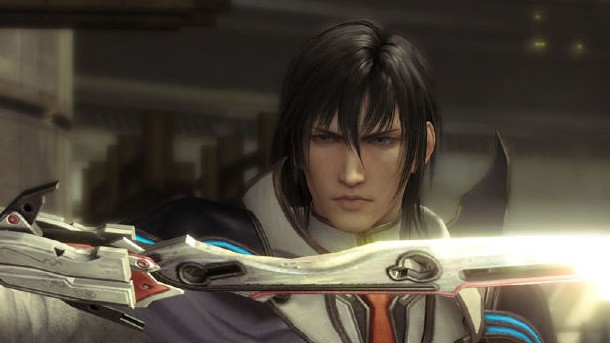
Chocobos and Cid
Yep, they're in there.
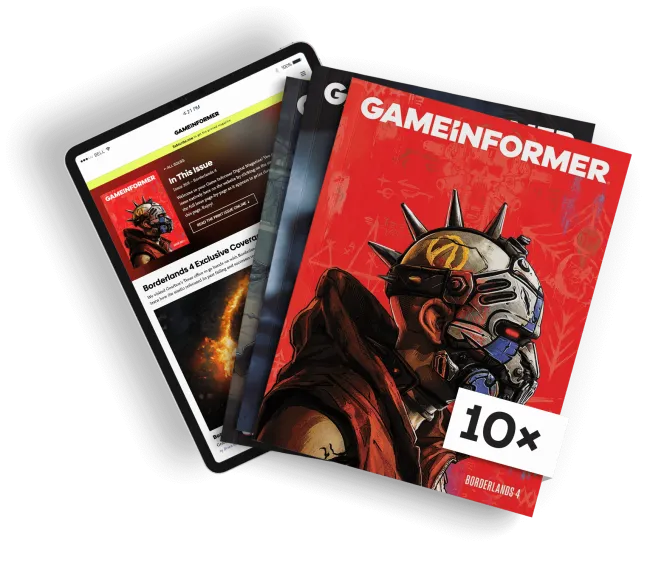
Get the Game Informer Print Edition!
Explore your favorite games in premium print format, delivered to your door.
- 10 issues per year
- Only $4.80 per issue
- Full digital magazine archive access
- Since 1991


